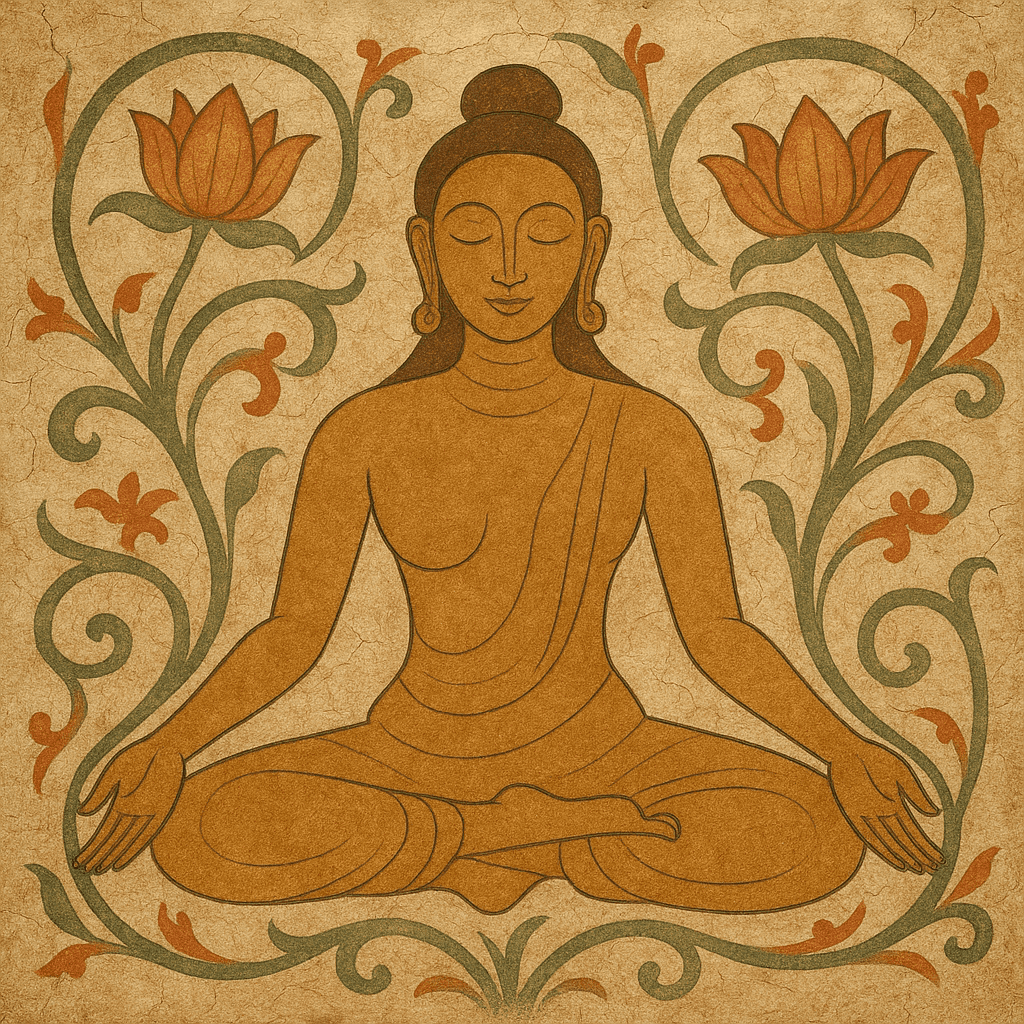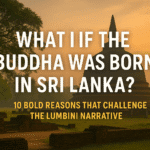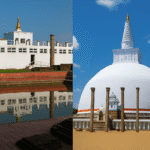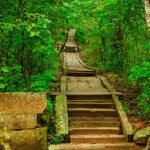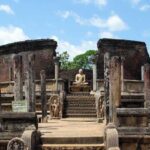“Let not tradition blind you to the truth — investigate for yourself.”
— Inspired by the Buddha’s Kalama Sutta
The belief that Prince Siddhartha Gautama was born in Lumbini, Nepal, has been widely accepted by mainstream historians and Buddhist traditions. This identification is largely based on the Ashokan pillar inscription and reinforced during the colonial period by scholars such as Alexander Cunningham.
But what if this geographical assignment was a historical misunderstanding?
This article explores the Mahavansa, local Sri Lankan geography, and ancient inscriptions to reexamine the Buddha’s birthplace — not as Lumbini in Nepal, but as Babaragala in Theldeniya, Sri Lanka.
What the Mahavansa Really Says
The Mahavansa, the “Great Chronicle” of Sri Lanka compiled in the 5th century CE by the monk Mahanana, contains numerous references to the Buddha’s visits to Lanka. Most scholars accept these as symbolic or mythological, but a literal reading presents a different view:
“In the land of Lanka, to the peak of Samantakuta and to Kelaniya, the Blessed One came thrice.” — Mahavansa, Ch. 1
If the Buddha made three physical visits to Sri Lanka (as described in detail), then it logically follows that Lanka was not a distant island to be visited sparingly — but rather a land central to his mission.
The text details places he visited, beings he encountered (interpreted by this theory as ancient tribes like Nagas and Yakkhas), and the geographical layout that maps more accurately onto Sri Lanka than northern India.
The Case for Babaragala: A Hidden Lumbini?
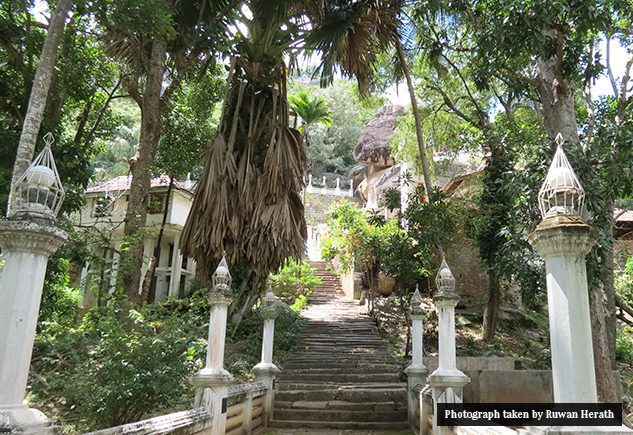
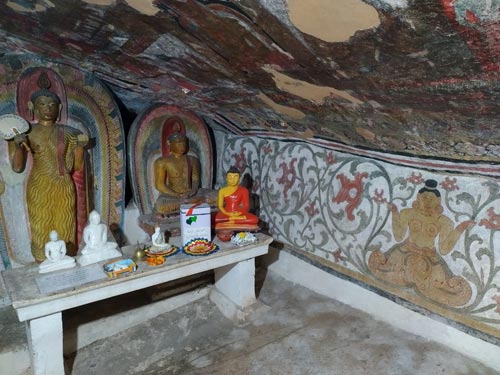

One of the strongest candidates for the real birthplace, based on landscape descriptions in the Saddharmaratnavaliya and Mahavansa, is Babaragala, near Theldeniya. Here’s why:
- The area is surrounded by a mountain ring, matching descriptions of Kapilavatthu.
- The region has ancient rock inscriptions and cave shrines.
- Local oral traditions speak of a great sage born nearby.
- The Inscriptions of Ceylon Vol I (Anuradhapura Period) includes references to royal donations and monastic establishments in nearby areas.
🗺️ We’ll publish a comparative map in a follow-up article to match ancient place names with this region.
Problems with the Ashokan Lumbini Identification
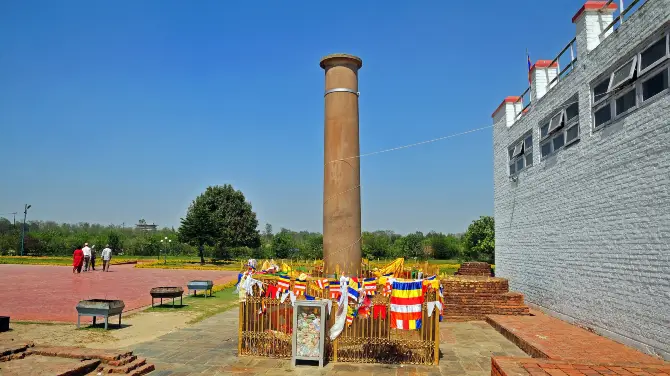
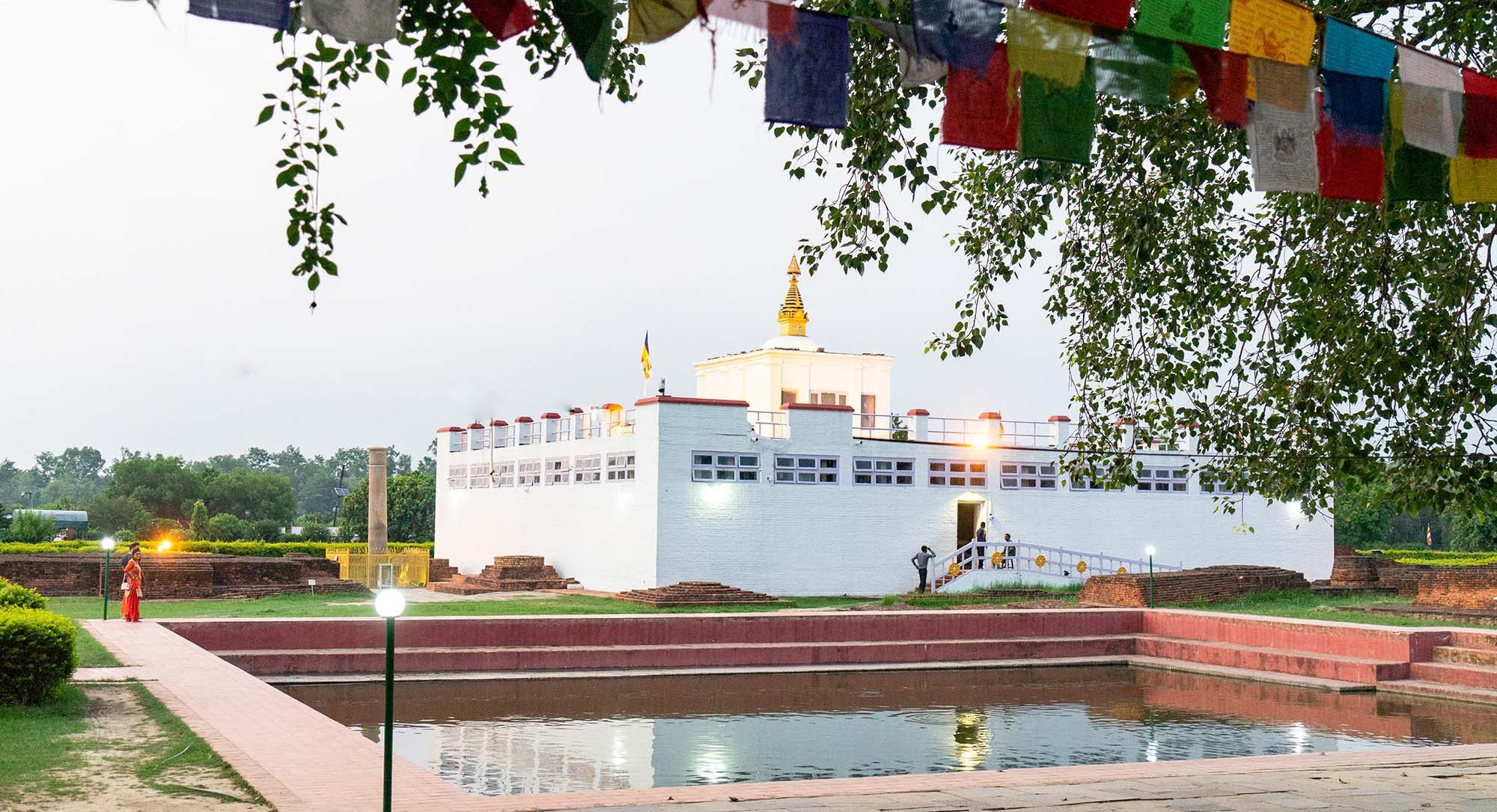
The Lumbini site in Nepal was marked by an Ashokan pillar with the inscription:
“Here the Buddha, sage of the Śākyas, was born.”
But there are several issues:
- The pillar was erected centuries after the Buddha’s death.
- No earlier texts independently confirm this specific location.
- Ashoka’s purpose was to spread Buddhism politically, not document geography.
- The terrain of modern Lumbini doesn’t match textual descriptions of the Buddha’s birth setting.
What Do the Tripitaka and Other Texts Say?
The Tripitaka, especially the Vinaya Pitaka and Sutta Nipata, describe:
- A royal city with gardens and a sacred grove for childbirth.
- Proximity to rivers, forests, and farmland.
- A cultural setting that aligns more closely with early Lankan climate and ecology than the high Himalayas.
Additionally, historical records mention that some of the Bhanakas (oral reciters) of the early canon hailed from the southern coast — implying a Sri Lankan root to the preservation of the Buddha’s teachings even before the 3rd century BCE.
Conclusion: A Theory Rooted in Evidence
The idea that the Buddha was born in Sri Lanka is not a fringe theory or nationalist myth. It is a serious scholarly proposition grounded in ancient Sri Lankan texts, archaeological clues, and geographical logic.
With sacred sites like Babaragala offering compelling parallels to Lumbini, it’s time to reexamine the origins of the Enlightened One — not with bias, but with curiosity, open inquiry, and reverence for truth.
